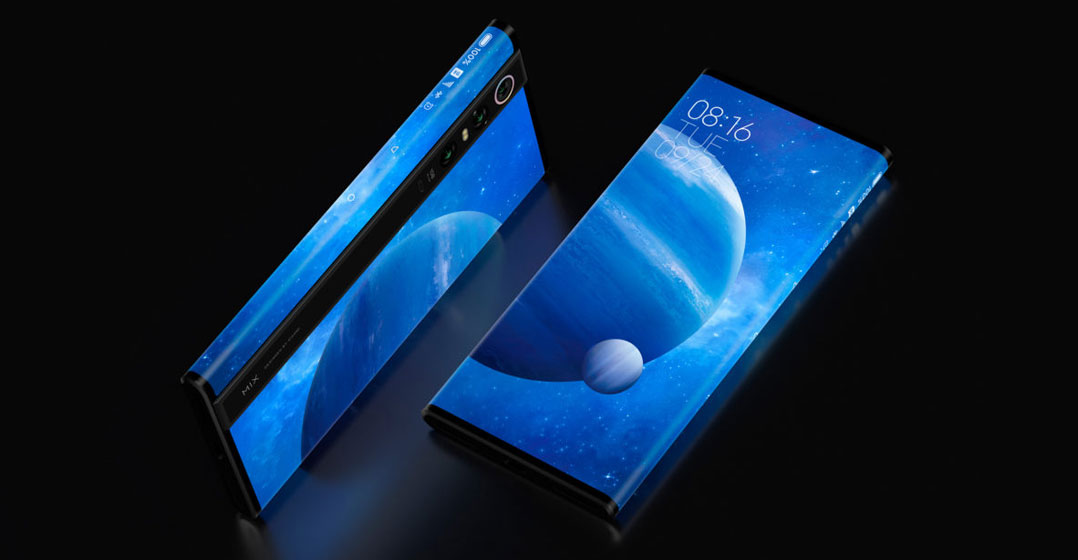
Xiaomi introduced its first phones compatible with the latest 5G cellular technology in China, as the country’s once-biggest smartphone maker prepares for an uphill battle against domestic rival Huawei Technologies.
At an event in Beijing, billionaire co-founder Lei Jun introduced the 5G-capable Mi 9 Pro, the latest of Xiaomi’s classic product line, and gave the world a first look at a new concept phone called Mix Alpha, with a display wrapping all the way around the device.
The Mi 9 Pro, built with the Qualcomm Snapdragon 855+ processor and a gluttonous serving of memory and storage, has seven antennas to ensure the fastest possible cellular speeds, with Lei showing off real-world speeds in China of over 2Gbit/s. It will start at 3 699 yuan (R7 700), while a 4 299 yuan model will max out the storage at 512GB.
The long-awaited phone upgrade cycle that 5G networking is set to trigger will be hotly contested ground among China’s leading smartphone vendors. Xiaomi is launching its first two 5G devices in the country just in time for the holiday shopping season, seizing on the seasonal bump in demand with the cachet of having the latest and greatest connectivity.
“We are still ranked number four globally, according to IDC, but if you look closer, we can squeeze into the top three with some hard work,” Lei said on stage in front of a slide that showed Samsung Electronics, Huawei and Apple ahead of his company. “The road to global number three is not far away now.”
Mix Alpha concept
The Mix Alpha concept device has a double-folded screen that wraps like a sheet of paper around the phone — Lei noted that the device has the equivalent of a 180% screen-to-body ratio, meaning it’s got 80% more display than its physical footprint. In place of speakers, the device’s screen vibrates to generate sound, while the camera system is built into a black strip on the nominal back of the device. Though called a concept, this phone will be on sale for 19 999 yuan (roughly R41 500), with Xiaomi aiming to sell it by year’s end, depending on production progress.
In recent times, Xiaomi has fallen out of the leading echelon in the Chinese market, where Huawei, Vivo and Oppo accounted for over 70% of all shipments in the June quarter, according to research firm IDC. The Beijing-based company is now trying to hold its number four position in China against Apple, which started to sell its marquee iPhone 11 series this past weekend.

The new 5G phone release helps Xiaomi join competitors Huawei and Oppo in a race to attract the first cohort of 5G users in China. Lei’s company previously committed US$725-million to beef up its Chinese retail network, faced with an aggressive Huawei that is now inching closer to commanding half the Chinese smartphone market even at a time of onerous US sanctions.
In his Beijing presentation, Lei talked up the technical details of the Mi 9 Pro, especially download speeds and features like wireless charging. He was speaking from Xiaomi’s newly built office building wrapped in a futuristic shell of massive glass panes and a glinting metal facade in the northern outskirts of Beijing.
Xiaomi is now attempting to lift profitability through the development of various Internet businesses, including online advertising, mobile gaming and video sharing. With time, 5G technology is likely to unlock potential new revenue paths in Xiaomi’s services businesses, which may include live, high-definition streaming of sports events. — (c) 2019 Bloomberg LP




